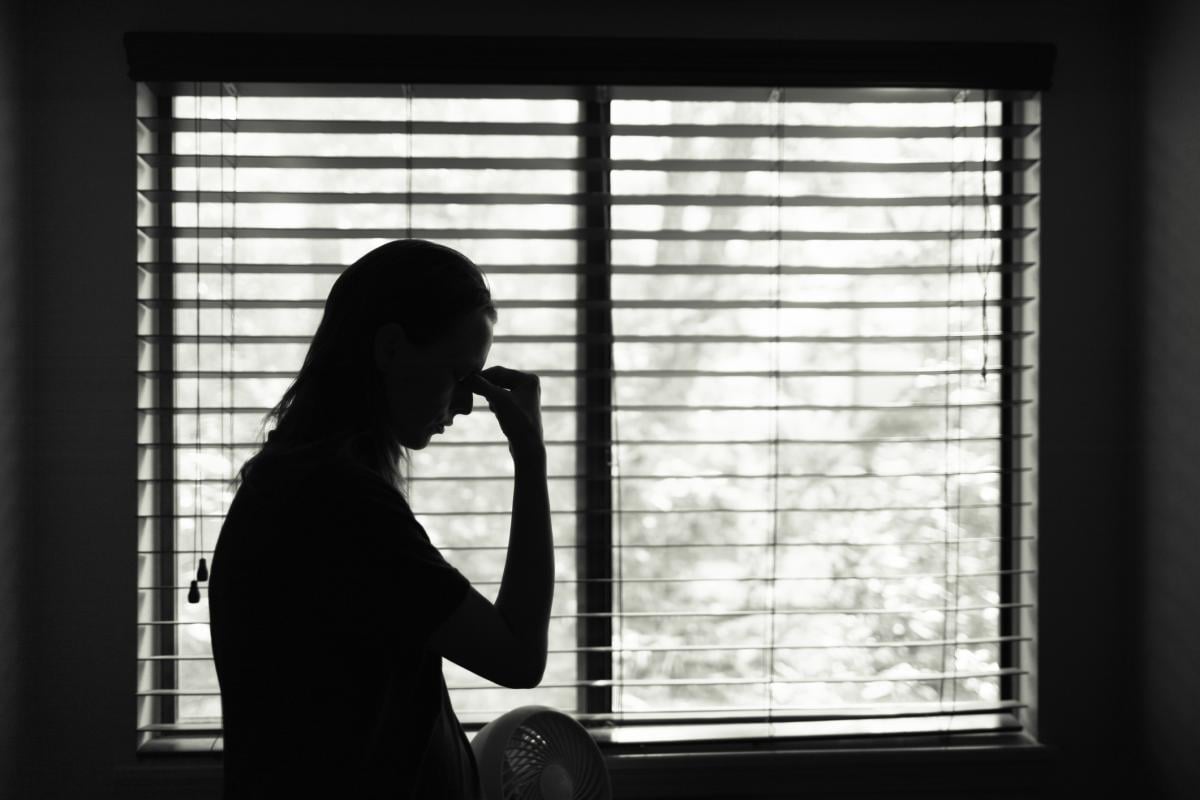
Winter break and the start of next term are fast approaching. At this point, most colleges that have announced their plans for the spring are intending to continue their modality and residence choices from the fall. Many have brought students back to campus but are continuing most instruction online. Others have encouraged students to stay home. For students at colleges that have gone remote, that means they will likely experience over a year of online learning.
Research has shown that remote learning can be as good or better than in-person learning for the students who choose it. But thousands of students will soon be entering their third semester of remote instruction despite having self-selected for an in-person college experience.
With remote learning moving into the long term, experts say the mental, emotional and academic impacts of that shift are likely to be challenging.
Amy Bintliff, a developmental psychologist and professor in the University of California, San Diego’s department of education studies, said that mismatch between expectation and reality can be difficult for students. Part of that is because important milestones, like graduation, can’t happen the way they were envisioned. Traditional-age students may struggle uniquely with the loss of certain coming-of-age experiences.
“They’re negotiating multiple identities, new identities. They’re negotiating having new experiences, trying to find their place,” Bintliff said. “A lot of the things they could do -- be invited to go to a talk on campus, be invited to join a new social network -- I think that’s being stilted. Some students’ abilities to reach out and test new identities might not be as fulfilling because students seem to, during the pandemic, stick to people they already know.”
She’s noted lowered motivation among college students she’s surveyed, and a sense of alienation.
Rayane Alamuddin, an associate director of research and evaluation at the consulting firm Ithaka S+R, said that in the organization’s research, students have struggled with social isolation.
“Students talked a lot about really missing being in person with their classmates, with their colleagues, with their faculty members, and having those spontaneous, organic conversations and relationships,” she said. “They miss the ones they make in the context of their college education specifically, because not only does it make them excited about learning and hold them accountable and motivate them to stay engaged in school, but they also actually learn a lot more.”
If professors are able to create times and spaces for students to build relationships, that might help relieve some of the isolation.
Some challenges from the spring are likely to continue, Alamuddin said. Students are still struggling to find spaces in their homes to work, dealing with financial and health crises, and homeschooling their own children or siblings. Students in disciplines that require hands-on learning or applications are worried about achieving their objectives.
Alamuddin said it's too soon to say how the long-term change will affect students’ academic performance, but research from the spring showed students performing better than researchers expected, a result she attributes partially to institutions expanding pass/fail or other binary course options for students. It’s still unclear how opting to be graded on one of those more forgiving schemes will affect students' transfer abilities and other outcomes in the near future.
Bintliff said she has noticed some students feeling they can take on more credits while learning from home, only to find themselves overwhelmed in the middle of the term.
Of course, some of the initial challenges for students learning remotely are likely to get better with time. Course instructors sometimes had only days to move their classes online in March and April. Some were still figuring out the technology at their disposal. Now, they are better prepared in many cases, and their students are more likely to have a high-quality experience.
But faculty are likely to face some of their own issues with social isolation and performance.
“One big reason all teachers philosophically go into the craft is because they love forming those personal connections with students,” said Bintliff, who has studied well-being among K-12 teachers. “They love having students drop in at office hours and talk or the times when students will walk to go get a coffee with their professor. And we take on these jobs and these roles because we really love nurturing students within that developmental period.”
“The work now is really alienating for all of us now as professors as well,” she added. Research, fieldwork and other aspects of professors’ lives have been upended. Adjunct instructors may not be compensated for the additional work of putting classes online. But over all, Bintliff said, faculty may have an easier time adjusting than most students.
“As adults we have a set of coping skills that some younger students don’t have,” she said.
Bintliff said there are some small things this negative experience may improve for some people -- students and faculty are learning new skills and becoming more independent.
But overall growth, flourishing and a sense of purpose are all important parts of well-being, she said. Clinging to purpose, with small goals as well as large ones, may make the experience easier.
“This experience, if we think of it as a growth experience,” she said, “I think we’ll be able to get through it.”
"may" - Google News
October 27, 2020 at 02:02PM
https://ift.tt/34wbSSK
Long-term online learning in pandemic may impact students' well-being - Inside Higher Ed
"may" - Google News
https://ift.tt/3foH8qu
https://ift.tt/2zNW3tO
Bagikan Berita Ini














0 Response to "Long-term online learning in pandemic may impact students' well-being - Inside Higher Ed"
Post a Comment